Internet Of Things(I.O.T.)
May 20, 2019 • 25 views
The internet of things, or IoT, is a system of interrelated computing devices, mechanical and digital machines, objects, animals or people that are provided with unique identifiers (UIDs) and the ability to transfer data over a network without requiring human-to-human or human-to-computer interaction.
How are you reading this post right now?It might be on desktop, on mobile, maybe a tablet, but whatever device you’re using, it’smost definitely connected to the internet.
An internet connection is a wonderful thing, itgive us all sorts of benefits that just weren’t possible before. If you’re old enough, think of your cellphonebeforeit was a smartphone. You could call and you could text sure, but now you can read any book, watch any movie, or listen to any song all in the palm of your hand. And that’s just to name a few of the incredible things your smartphone can do.
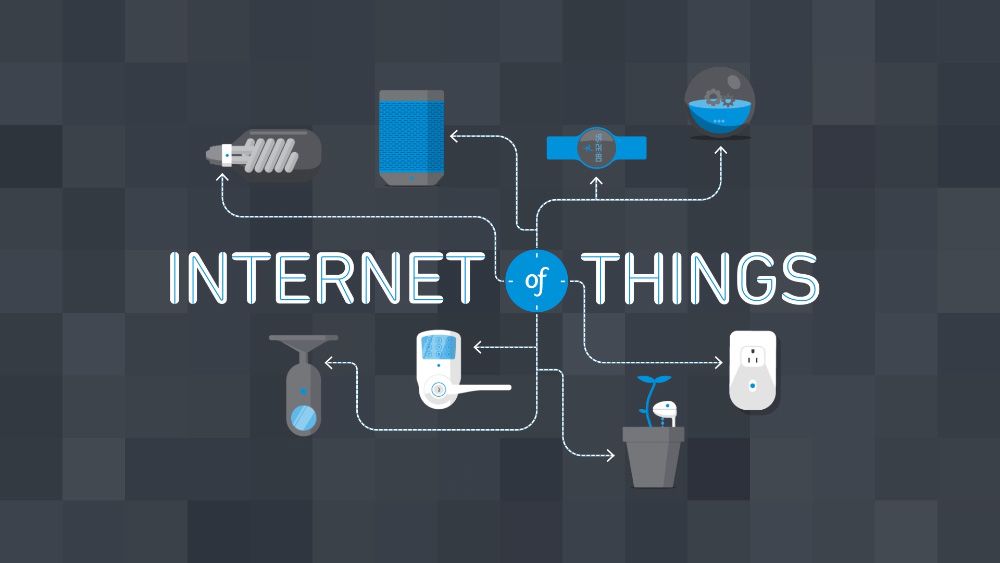
Benefitsof IoT
The internet of things offers a number of benefits to organizations, enabling them to:
Monitor their overall business processes
Improve the customer experience
Save time and money
Enhance employee productivity
Integrate and adapt business models
Make better business decisions
Generate more revenue.
IoT encourages companies to rethink the ways they approach their businesses, industriesandmarkets and gives them the tools to improve their business strategies.
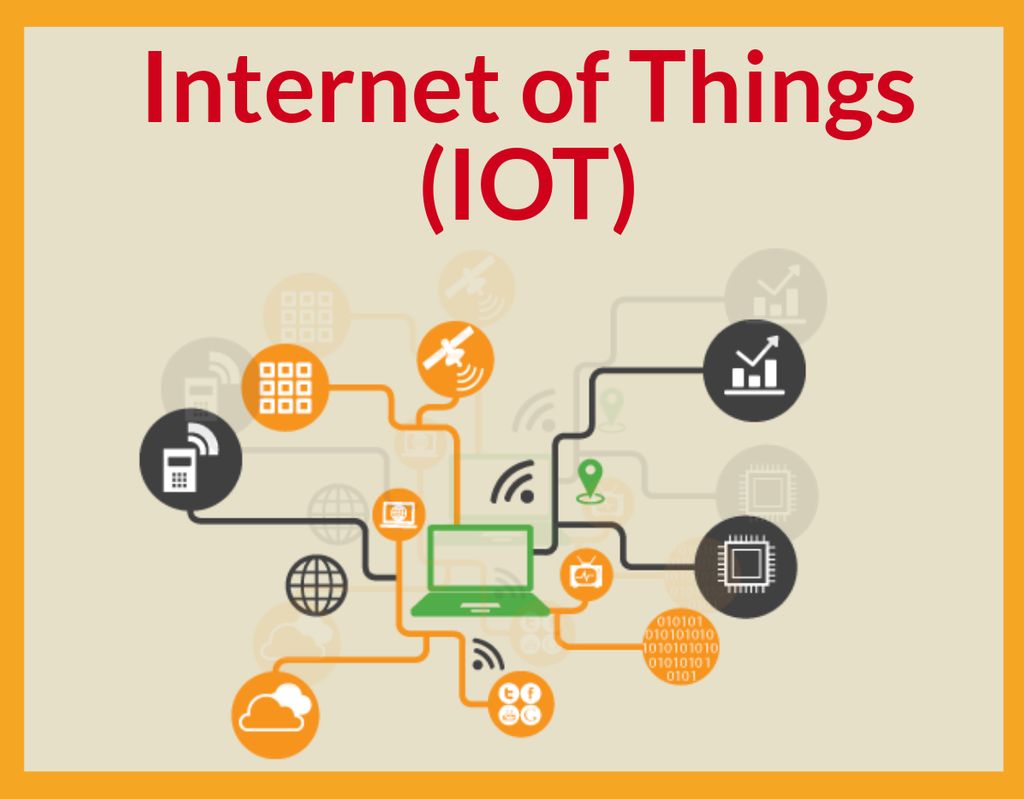
Interesting developments in IoT technology
Edge Computing on the rise embryonic
Health Care and IoT the perfect combination
Smart Agriculture using IoT made Farming easy
IoT Cloud Development
The prominence of Big Data and AI
Introduction to IoT Operating Systems(OS)
The emergence of IoT Ecosystems
Implementation of IoT in Marketing

How IoT Works
The way IoT solutions work is quite interesting. Since we know now what is IoT, it is clear that it uses significant data to communicate with other devices. Devices that have built-in sensors are connected to IoT platforms which stores data from all the connected devices. The important data is then used to perform tasks that fulfil the needs of people.
When we say the data is stored in the IoT platforms, it doesn’t mean that all the data is useful. Devices carefully select only particular data that is relevant to execute an action. These pieces of information can detect patterns, recommendations and problems before they occur.
What is IoT without the internet? After all, it is the connecting medium that plays the crucial part in this system. When IoT application developers are building the apps they must keep in mind the availability and strength of connection in the particular area.
IoT application works with smart systems that automate tasks to address specific needs. There are many examples that show working of IoT in real life today.
Components of IoT Platform
Here, 4 fundamental components of IoT system, which tells us how IoT works.
i. Sensors/Devices
First, sensors or devices help in collecting very minute data from the surrounding environment. All of this collected data can have various degrees of complexities ranging from a simple temperature monitoring sensor or a complex full video feed.
A device can have multiple sensors that can bundle together to do more than just sense things. For example, our phone is a device that has multiple sensors such as GPS, accelerometer, camera but our phone does not simply sense things.
The most rudimentary step will always remain to pick and collect data from the surrounding environment be it a standalone sensor or multiple devices.
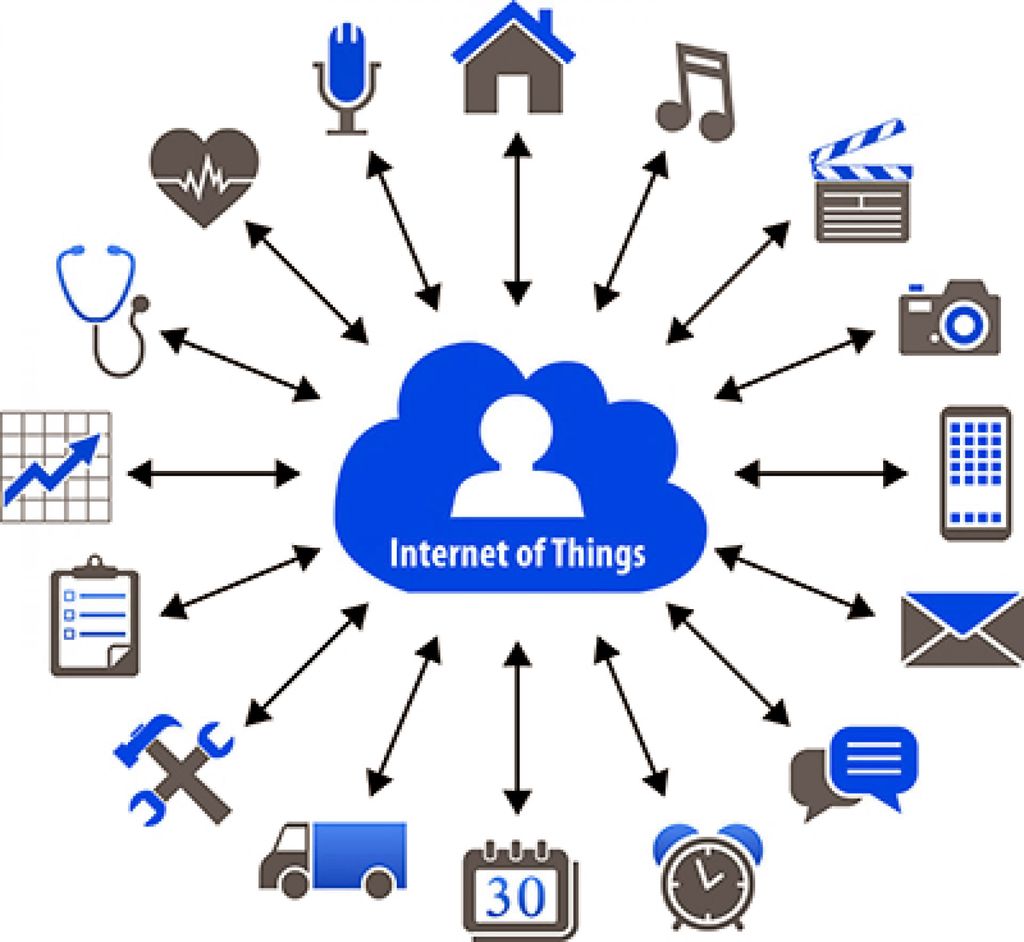
IoT Components –Sensors/Devices
ii. Connectivity
Next, that collected data is sent to a cloud infrastructure but it needs a medium for transport.
The sensors can be connected to the cloud through various mediums of communication and transports such as cellular networks, satellite networks, Wi-Fi, Bluetooth, wide-area networks (WAN), low power wide area network and many more.
Every option we choose has some specifications and trade-offs between power consumption, range, and bandwidth. So,choosing the best connectivity option in the IOT system is important.
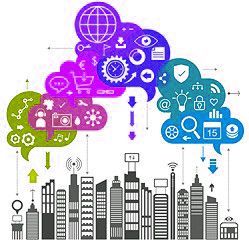
IoT Components –Connectivity
iii. Data Processing
Once the data is collected and it gets to the cloud, the software performs processing on the acquired data.
This can range from something very simple, such as checking that the temperature reading on devices such as AC or heaters is within an acceptable range. It can sometimes also be very complex, such as identifying objects (such as intruders in your house) using computer vision on video. But there might be a situation when a user interaction is required, example- what if when the temperature is too high or if thereisan intruder in your house? That’s where the user comes into the picture.
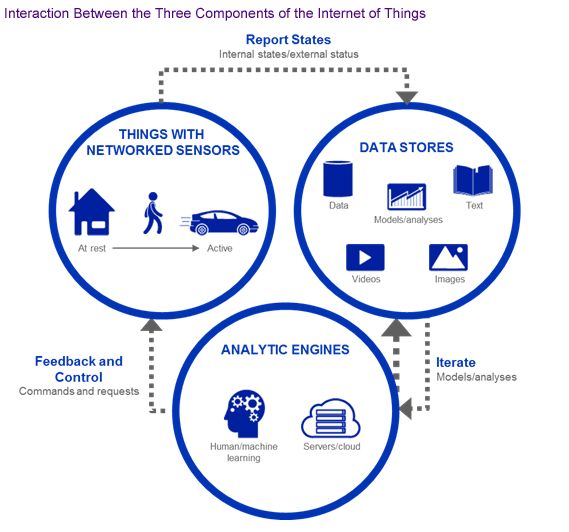
IoT Components –Data Processing
iv. User Interface
Next, the information made available to the end-user in some way. This can achieve by triggering alarms on their phones or notifying through texts or emails.
Also, a user sometimes might also have an interface through which they can actively check in on their IOT system. For example, a user has a camera installed in his house, he might want to check the video recordings and all the feeds through a web server.
However, it’s not always this easy and a one-way street. Depending on the IoT application and complexity of the system, the user may also be able to perform an action that may backfire and affect the system. For example, if a user detects some changes in the refrigerator, the user can remotely adjust the temperature via their phone.
There are also cases where some actions perform automatically. By establishing and implementing some predefined rules, the entire IOT system can adjust the settings automatically and no human has to be physically present. Also in case if any intruders are sensed, the system can generate an alert not only to the owner of the house but to the concerned authorities.
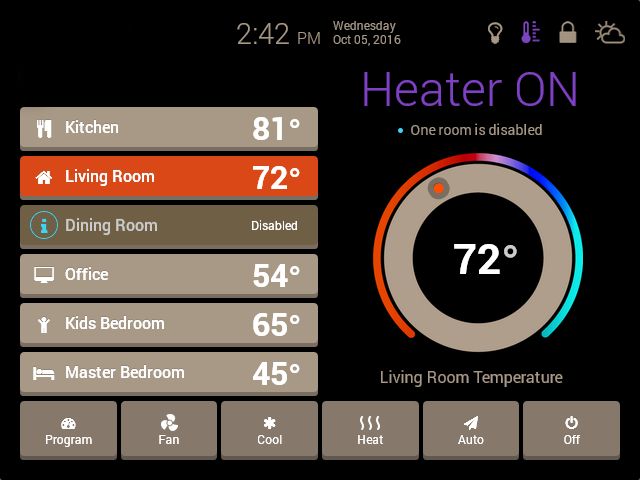
How IoT Works – IoT Components
